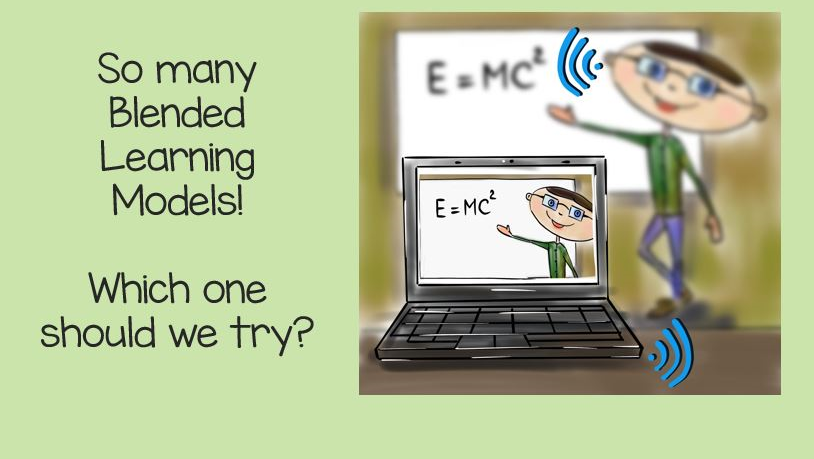
It’s doubtful that you haven’t already heard of the concept of blended learning, but just in case, this approach combines face-to-face learning with online learning experiences. Basically, blended learning changes what has been traditionally ‘front-of-class’ style of lesson delivery to incorporating digital tools and features to create a more interactive and engaging experience. Blended learning used to be a novel idea that some teachers saw as an innovative opportunity to explore, but it has become more necessary as learners – digital natives – spend more time creating and viewing content on web-enabled devices (think Instagram, YouTube, and TikTok).
Because of school closures in response to the coronavirus pandemic, teachers who may have once hesitated to deliver instruction online, are experiencing the need to become more comfortable with distance teaching. As districts and schools consider what learning will look like in the Fall, online instruction appears to be a major piece of that picture. Even if schools start with a total re-open with students physically in classrooms daily, the challenges of the pandemic may call for total closures again. It’s best to prepare for this scenario with a blended learning approach right from the start.
Depending on teacher and student needs, existing content, available technology and many other factors, there are several blended learning models options. Regardless of the model, the goal should always be to improve learning outcomes.
Considering what many teachers and students have experienced with school closures this past spring, below are the five models that best mix face-to-face and online modes.

- Flipped Classroom model
Students learn concepts and skills at home through content and/or videos and spend class time in teacher-guided practice or collaborative tasks. Students are expected to attend school daily, so preparation online the previous day is vital.
- Project-Based model
The objective with this model is to replicate, collaborate, and/or design a project-based task. Students engage in both online and face-to-face instruction to complete projects.
- Enriched Virtual model
In this model, the majority of learning content is done at home. Students then attend school a few times a week, or as needed, for face-to-face learning sessions.
- Flex model
Students complete most of their learning content online, in a traditional classroom setting. There may be some activities students complete offline, but this model allows students to work at their own pace with the guidance of teachers. Teachers work with small groups whatever the need should be. This model provides teachers and students a greater opportunity to ‘practice’ for distance teaching and learning should that become a need.
- Mastery-based Progression model
Students progress through their learning at their own pace as they master concepts and skills, rather than having to work within traditional time limits (ex. a school pacing plan). They rotate through online and face-to-face learning experiences such as activities, assessments, and projects.
Again, these are five of many blended models educators have already implemented with their classes. In all five, the mix of online and face-to-face learning emphasizes student responsibility for their learning and engagement that can boost the overall learning process. Teachers appear to have more time to work with individual students and small groups to target needs of specific students, reteach as needed, or provide extension for those who may need multiple modalities to access the learning.
As many educators have already experienced, regardless of the model, there will be learning curves and educators should be mindful of that. But the more time spent in any model, the new ‘norm’ will become more positive for everyone involved. Educators can spend this time researching blended learning platforms that can suit the needs of their schools/districts efficiently. But more on that in a blog to come.


